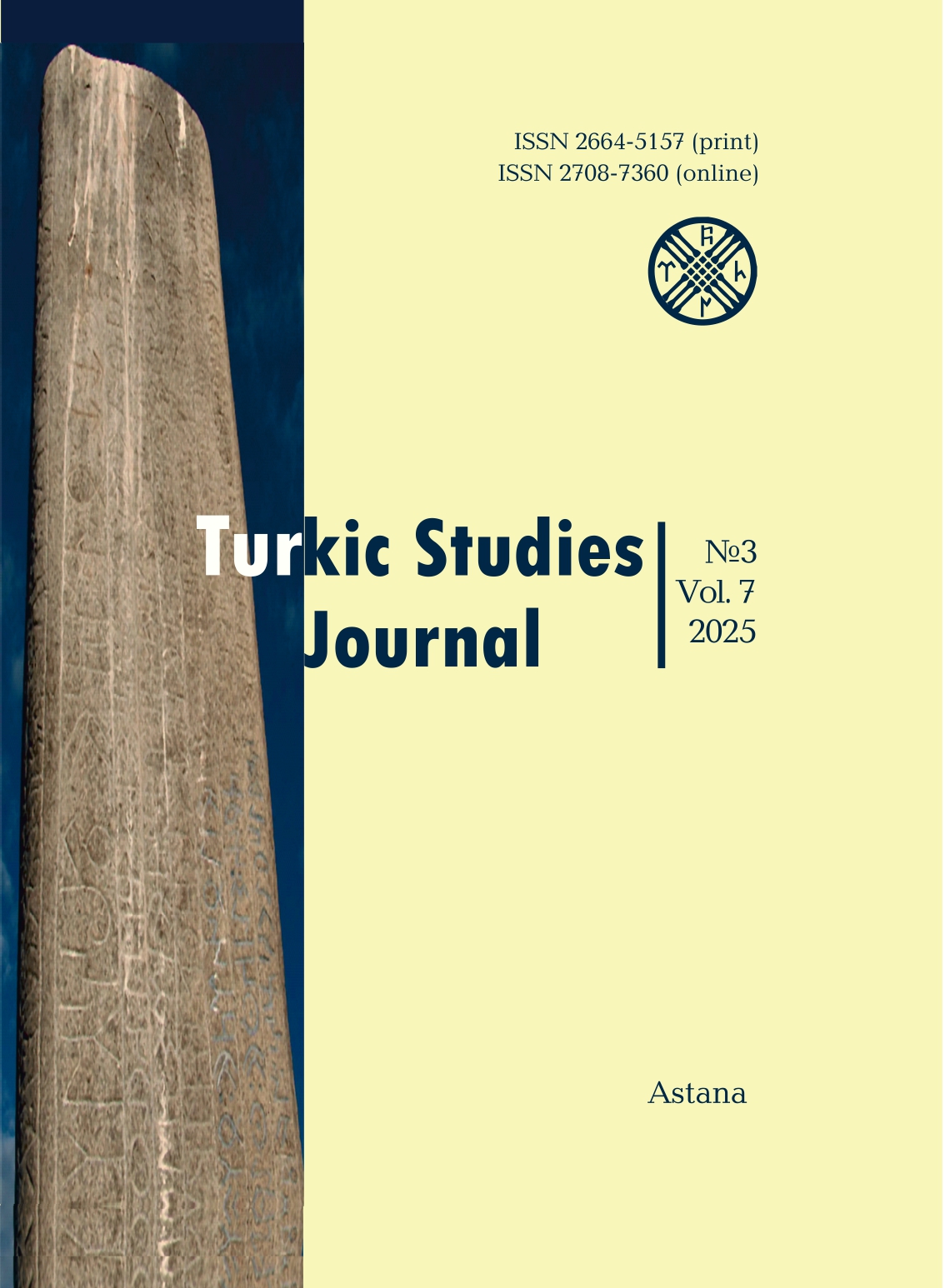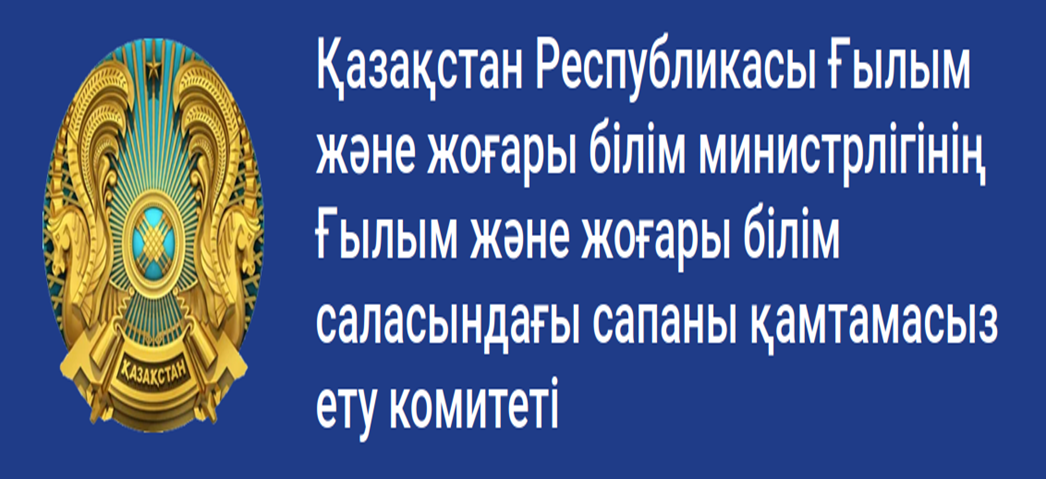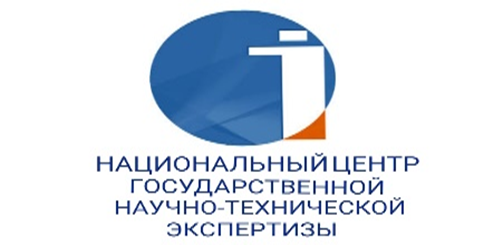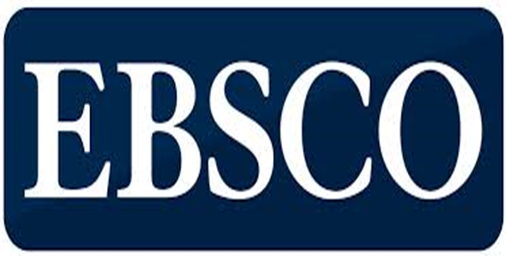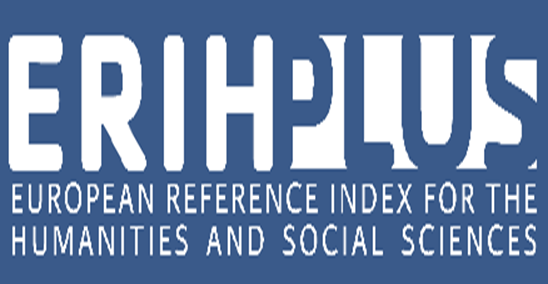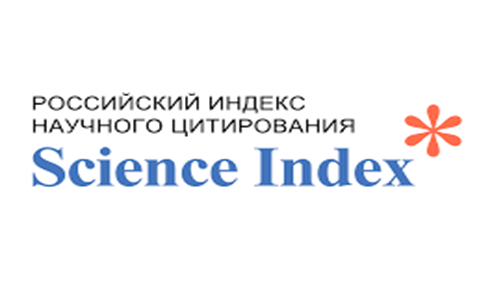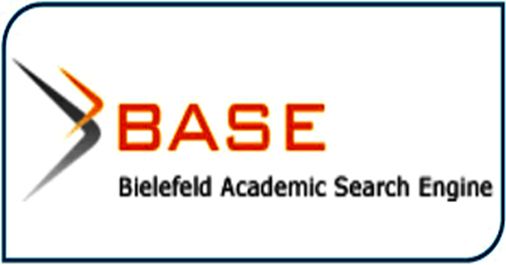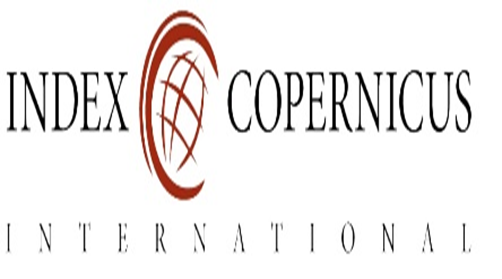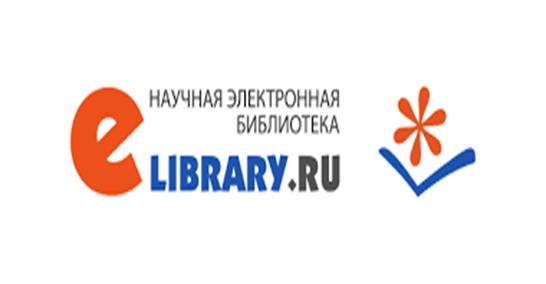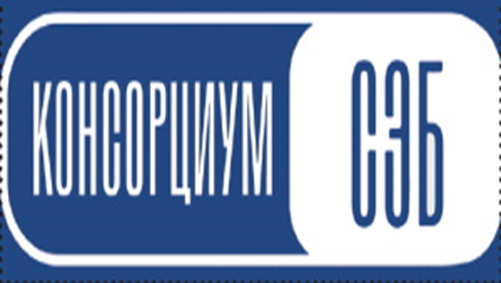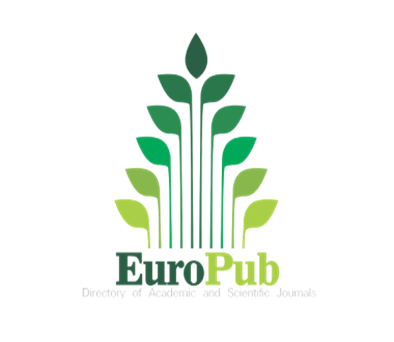Representing Kazakhstan’s historical and cultural heritage in historical retrospective: A case study of an exhibition project
Views: 367 / PDF downloads: 4
DOI:
https://doi.org/10.32523/2664-5157-2025-3-53-75Keywords:
National Museum of Kazakhstan, cultural artefacts (exhibits), immersive exhibition, digital technologies, concept, cultural code, historical and cultural heritage, reflection of historical eras in artefacts, exhibition, video content, cooperationAbstract
The article explores cultural artifacts from the National Museum of Kazakhstan that reflect the history and cultural code of the Turkic peoples, with a focus on medieval Kazakhstan. Presented in an immersive exhibition, these artifacts illustrate how advanced digital technologies have become a leading method in museum practice, showcasing national achievements in a global context. In the digital era, museums play a strategic role in enhancing national identity and recognition, acting as active agents of cultural exchange. The aim of the article is to convey the historical and civilizational origins of the Turkic peoples’ statehood, as well as the continuity and uniqueness of their cultural code, through their material culture. It also seeks to present to the European public the centuries-old history and rich cultural heritage of Kazakhstan, with a focus on historical facts relating to Kazakh statehood and its distinctive culture.
The scientific concept of the exhibition is based on a thematic and chronological approach, covering the most significant stages of Kazakhstan’s history – from the Bronze Age, the Scythians and Huns, and the Turkic Khaganates to the Golden Horde and the Kazakh Khanate. Each stage is represented by emblematic items from the National Museum’s collection, including: the Saka “Golden Man” headdress from the Issyk kurgan; the anthropomorphic figure of the Tobol Thinker (3rd-2nd centuries BCE); male and female stone statues of the 8th–13th centuries characteristic of the Eurasian Steppe; lamps from the Mausoleum of Khoja Ahmed Yasawi dating to the Timurid
era; and the chapan of Kazybek bi (Kazakh judge) – a traditional outer garment typical of Turkic peoples well into the modern period. These archaeological finds, monumental artifacts, ethnographic materials, archival documents, and photo-video resources collectively convey the customs, traditions, mentality, and cultural code of the steppe civilization. The selection highlights both their historical value and the potential of immersive formats to promote international collaboration. For comparison, the authors reference immersive exhibitions at the Louvre, the Guimet Museum, and the Hermitage, which showcase the effectiveness of digital and multimedia technologies. The National Museum’s immersive project serves as a notable example of cultural cooperation between France and Kazakhstan.
Downloads
Reference
Бакин М.В., 2020. Иммерсивные технологии в развитии социальной эмпатии и образования // Международный научно-исследовательский журнал. № 10 (100), Ч. 2. С. 16-19.
Делез Ж., 2010. Тысяча плато: Капитализм и шизофрения / Жиль Делез, Феликс Гваттари; пер. с франц. и послесл. Я.И. Свирского; науч. ред. В.Ю. Кузнецов. Екатеринбург: У-Фактория; М.: Астрель. С. 837.
Ибраева А., 2013. Музейтану: тарих мамандықтарына арналған оқулық. Астана: Л.Н. Гумилев атындағы ЕҰУ. 251 б.
Карягина Т.Д., 2013. Эволюция понятия «эмпатия» в психологии. М. 282 с. «Қазақстан: Ұлы дала жауһарлары» көрмесінің ғылыми тұжырымдамасы», 2024. Астана: Қазақстан Республикасының Ұлттық музейі. 10 б.
Леонарда да Винчи, 2024. Әдемі ханшайым. Бьянка Сфорцаның портреті // Мәтіндер жинағы. Seripta Maneant. 101 б.
Маркс Л., 2019. Осязательная эстетика // Художественный журнал. № 108. С. 61.
Музей көрмесін құрудағы көшірме және түпнұсқа мәселелері» атты ғылыми семинар материалдарының жинағы, 2024. Жау.ред.: Ибраева А.Г., Абдукамалова Э.С., Гиззатов С.М., Астана: ҚР Ұлттық музейі. 90 б.
Музейтанудағы пәнаралық зерттеулердің әдіснамалық негіздері» атты ғылыми семинар материалдарының жинағы, 2024. Жау.ред.: Ибраева А.Г., Абдукамалова Э.С., Гиззатов С.М., Астана: ҚР Ұлттық музейі. 76 б.
Самашев З., Чжан Со Хо, Боковенко Н., Мургабаев С., 2011. Наскальное искусство Казахстана (Rock Art of Kazakhstan). Сеул – Астана: Фонд истории Северо-Восточной Азии; Астанинский филиал Института археологии им. А. Х. Маргулана. 380 с.
Сергеев С.Ф., 2009. Обучающие и профессиональные иммерсивные среды. М.: Народное образование. 350 с.
Сильвен Р., 2024. Музейтанудағы пәнаралық зерттеулердің әдіснамалық негіздері. Ғылыми семинар материалдарының жинағы. Астана. 90 б.
Тельчаров А.Д., 2021 Музееведение. М.: Научный мир. 184 с.
Херреман Я., 2004. Показы, экспозиции и выставки. Управление музеем: практическое руководство. Париж: ИКОМ. 230 с.
Хуторской А.В., 1999. Эвристическое обучение. Теория, методология и практика. М. 220 с.
Шляхтина Л.М., 2022. Основы музейного дела: теория и практика: учебное пособие. 8-е изд. стер. Санкт-Петербург: Лань. 248 с.
Шулепова Э.А., 2015. Основы музееведения: учебное пособие / Отв. Ред. Э.А. Шулепова. Изд. 4-е, стереотип. М.: Книжный дом «ЛИБРОКОМ». 432 с.
Albert Edward Elsen, Rosalyn Frankel Jamison, Bernard Barryte, 2003. Rodin's art: the Rodin Collection of the Iris & B. Gerald Cantor Center for Visual Arts at Stanford University. Oxford University Press. P. 174-179. 662 p.
Burcaw G.E., 1997. Introduction to Museum Work, Walnut Creek. London: Altamira Press. 3rd ed.
Davallon J. (dir.), 1986. Claquemurer pour ainsi dire tout l’univers: La mise en exposition. Paris: Centre Georges Pompidou.
Ibrayeva A.G., Sydykov A.Zh., 2022. Theoretical and Methodological foundations for Creating a Historical Exhibition in the Museums of Kazakhstan // Turkic Studies Journal. 3. Р. 122-138.
Splendeurs des Oasis d’Ouzbekistan, 2022. Surles routes caravanieres d’Asie centrale. Musee du Louvre. Paris. 351 р.
Yin W., Jin J., 2022. Research on the Interactive Relationship of Immersive Art. // Soares M.M., Rosenzweig E., Marcus A. (eds) Design, User Experience, and Usability: Design Thinking and Practice in Contemporary and Emerging Technologies. HCII. Lecture Notes in Computer Science, vol 13323. Springer, Cham. Р. 442-453. doi:10.1007/978-3-031-05906-3-33
Reference
Bakin M.V., 2020. Immersivnye tekhnologii v razvitii sotsialnoi empatii i obrazovaniya [Immersive technologies in the development of social empathy and education], Mezhdunarodnyj nauchno-issledovatelskij zhurnal [International Research Journal], 10(100), Part 2. P. 16-19. [in Russian].
Deleuze G., 2010. Tysyacha plato: Kapitalizm i shizofreniya [A Thousand Plateaus: Capitalism and Schizophrenia]. Gilles Deleuze, Feliks Gvattari; per. s frants. i poslesl. Ya. I. Svirskogo; nauch. red. V. Yu. Kuznetsov. Ekaterinburg: U-Faktoriya; Moscow: Astrel. 837 p. [in Russian].
Ibraeva A., 2013. Muzeitanu: tarikh mamandyqtaryna arnalgan oqulyq [Museology: textbook for history specialties]. Astana: L.N. Gumilyov Eurasian National University. 251 p. [in Kazakh].
Karyagina T.D., 2013. Evolyutsiya ponyatiya «empatiya» v psikhologii [Evolution of the concept of “empathy” in psychology]. Moscow. 282 p. [in Russian].
«Qazaqstan: Uly dala zhauharlary» kormesinin gylymi tuzhyrymdamasy [Scientific concept of the exhibition “Kazakhstan: Treasures of the Great Steppe”], 2024. Astana: National Museum of the Republic of Kazakhstan. 10 p. [in Kazakh].
Leonardo da Vinchi, 2024. Ademi hanshaim. Bianka Sfortsanin portreti [Beautiful princess. Portrait of Bianca Sforza]. Collection of texts. Scripta Maneant. 101 p. [in Kazakh].
Marks L., 2019. Osyazatel'naya estetika [Tactile aesthetics]. Khudozhestvennyi zhurnal. No 108. P. 61. [in Russian].
Muzei kormesin qurudagy koshirme jane tupnusqa maseleleri atty gylymi seminar materialdarynyn jinagy [Scientific Seminar Collection: Issues of Originality and Copies in Exhibition Practices]. Ed. by Ibrayeva A.G., Abdukamalova E.S., Gizzatov S.M., 2024. Astana: National Museum of the Republic of Kazakhstan. 90 p. [in Kazakh].
Muzeitanudagy panaralyq zertteulerdin adisnamalyq negizderi atty gylymi seminar materialdarynyn jinagy [Scientific Seminar Collection: Methodological Foundations of Interdisciplinary Research in Museology]. Ed. by Ibrayeva A.G., Abdukamalova E.S., Gizzatov S.M., 2024. Astana: National Museum of the Republic of Kazakhstan. 76 p. [in Kazakh].
Samashev Z., Zhang So Ho, Bokovenko N., Murgabayev S., 2011. Naskal’noe iskusstvo Kazakhstana (Rock Art of Kazakhstan). Seoul – Astana: Foundation of Northeast Asian History; Astana Branch of the A.Kh. Margulan Institute of Archaeology. 380 p. [in Russian].
Sergeev S.F., 2009. Obuchayushchie i professional’nye immersivnye sredy [Educational and professional immersive environments]. Moscow: Narodnoe obrazovanie. 350 p. [in Russian].
Sylvain R., 2024. Muzejtanudagy panaralyh zertteulerdіng әdіsnamalyh negіzderі [Methodological Foundations of Interdisciplinary Research in Museology]. Gylymi seminar materialdarynyng zhinagy [Collection of Materials from the Scientific Seminar]. Astana. 90 p.Telcharov A.D., 2021. Muzeevedenie [Museum Studies]. Moscow: Nauchnyi mir. 184 p. [in Russian].
Herreman Ya., 2004. Pokazy, ekspozitsii i vystavki. Upravlenie muzeem: prakticheskoe rukovodstvo [Displays, expositions, and exhibitions. Museum management: a practical guide]. Paris: ICOM. 230 p. [in Russian].
Khutorskoy A.V., 1999. Evristicheskoe obuchenie. Teoriya, metodologiya i praktika [Heuristic learning. Theory, methodology and practice]. Moscow. 220 p. [in Russian].
Shlyakhtina L.M., 2022. Osnovy muzeinogo dela: teoriya i praktika: uchebnoe posobie [Fundamentals of museum business: theory and practice: a textbook] 8th ed. Stereotype. St. Petersburg: Lan. 248 p. [іn Russian].
Shulepova E.A., 2015. Osnovy muzeevedeniya: Uchebnoe posobie [Fundamentals of Museology: Textbook]. 4th ed., stereotype. Moscow: Knizhny dom «LIBROKOM». 432 p. [in Russian].
Albert Edward Elsen, Rosalyn Frankel Jamison, Bernard Barryte, 2003. Rodin's art: the Rodin Collection of the Iris & B. Gerald Cantor Center for Visual Arts at Stanford University. Oxford University Press. P. 174-179. 662 p. ISBN 9780195133813.
Burcaw G.E., 1997. Introduction to Museum Work, Walnut Creek. London: Altamira Press. 3rd ed.Davallon J. (dir.), 1986. Claquemurer pour ainsi dire tout l’univers: La mise en exposition. Paris: Centre Georges Pompidou. [in French].
Ibrayeva A.G., Sydykov A.Zh., 2024. Theoretical and Methodological foundations for Creating a Historical Exhibition in the Museums of Kazakhstan. Turkic Studies Journal 3. P. 122-138.
Splendeurs des Oasis d’Ouzbekistan, 2022. Sur les routes caravanieres d’Asie centrale. Musee du Louvre. Paris. 351 р. [in French].
Yin W., Jin J. 2022. Research on the Interactive Relationship of Immersive Art. Soares M.M., Rosenzweig E., Marcus A. (eds) Design, User Experience, and Usability: Design Thinking and Practice in Contemporary and Emerging Technologies. HCII. Lecture Notes in Computer Science, vol 13323. Springer, Cham. P. 442-453. doi: 10.1007/978-3-031-05906-3-33.
Downloads
Published
How to Cite
Issue
Section
License
Copyright (c) 2025 Turkic Studies Journal

This work is licensed under a Creative Commons Attribution-NonCommercial 4.0 International License.

